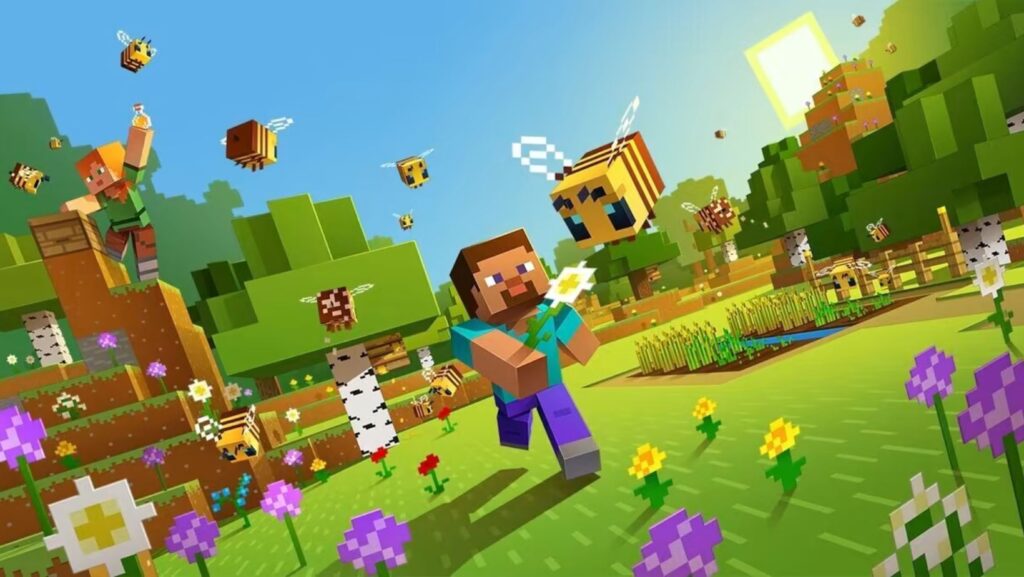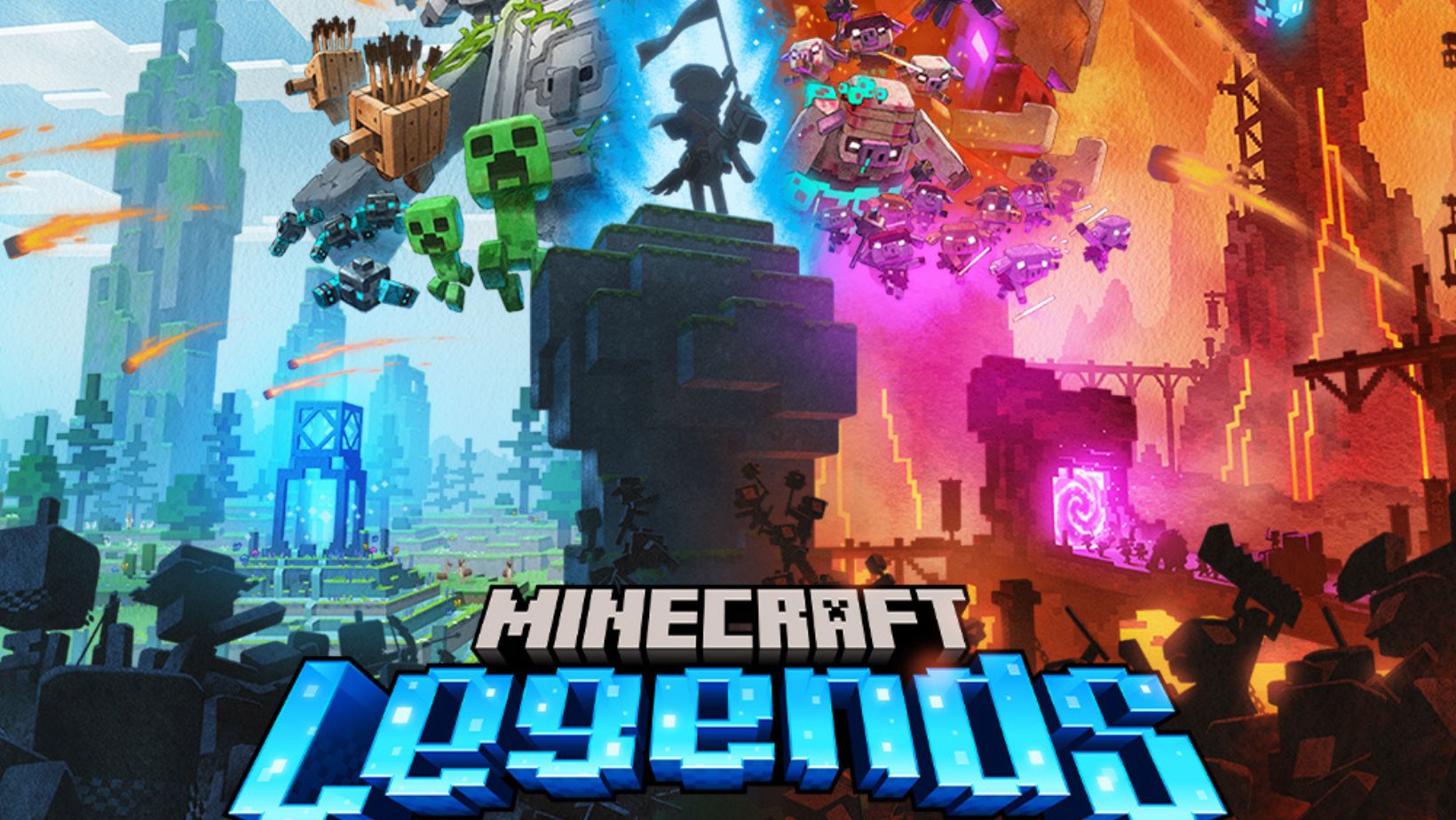
Minecraft is one of the best-selling and most played video games with 140 million active players every month. One of the largest attractions derived from this game is the ability for the player to construct whatever their minds envision in a Lego-like sandbox.
Having your own Minecraft server amplifies this aspect even further, as you will be able to change every aspect of the game to suit your and your friend’s preferences. Nevertheless, having a server also has its unique challenges that, at times, can be a bit overwhelming, especially for new users.
This guide will try to explain the process of setting up and managing your own Minecraft server as easily as possible.
Choosing a Server Host
The first that needs to be taken is selecting the hosting provider. When researching options, consider the following:
- Reliability: When selecting a provider, seek those that have good records as far as reliability is concerned in order to limit the amount of time the network may be down. Almost all advertise a 99%+ uptime guarantee with backup power in instances of problems occurring.
- Scalability: Estimate how many users will be able to connect to the system in parallel to define how powerful a server is required. As for flexibility, most providers do allow for easy upgrades in case your needs change at some point.
- Support: Check what support services are provided in case you encounter problems such as lagging or faulty plugins. Customer service support should be round the clock.
- Features: Some hosts offer special features such as DDoS protection, modpacks, unlimited storage, domain registration, and management interfaces.
- Price: Server hosting can be as low as $2 and as high as $50 or even more per month. Ensure that the amount you spend on your product or service corresponds with your performance and support requirements.
All the providers tend to give a free trial and money-back guarantee. Meanwhile, Scalacube is offering Free Minecraft server hosting giving much value to your budget.
Choosing a Hosting Plan
There are different hosting plans from Minecraft server hosting providers depending on the number of slots, RAM, storage, and other features. Recipes that are basic enough suffice for 10-20 players while there are servers that can support hundreds of players at the same time.
Be sure to consider whether you wish to incorporate any gameplay modifications and/or plugins. These modifications demand more computing power and storage space than the standard operations. Choosing the plans where you can add more RAM and CPU cores when required is a better approach.
Installing Minecraft Server Software
And with the account and server created, what you have left to do is download and install Minecraft server software. The majority of the servers can preconfigure templates such as CraftBukkit, Spigot, and PaperSpigot to make it easier to set up. Forge, or Vanilla servers can also be installed by the user manually.
The primary software used to control and interact with your server is called FileZilla. This FTP client has the added feature where you can set its server files directly in its graphical interface. From there, you can simply drag and drop plugins, mods, maps, resource packs, and much more to build your dream server.
Customizing Gameplay Experience
The major benefit of having your server is the ability to configure the game as you wish it to be. Some popular ways to tailor the experience include:
- Plugins: Server modifications that when installed allow specific mechanics and features in the game such as economic systems with virtual money, items that possess special abilities, and superior anti-griefing measures.
- Mods: Custom mods that change gameplay in almost all directions, such as introducing magic or high technology in the form of machinery with computers and robots. Mods make your world interesting.
- Maps: to import custom world save files already built with anything from splendid cities to escape rooms and adventure-based worlds to discover. Maps keep gameplay fresh.
- Texture Packs: Reskin all in-game textures and items with brand new high-resolution packs, to make the game look like a whole new game in 3D with your choice of preference.
Key Server Management Tips
Any efficient server needs to be frequently observed and modified to achieve the best results. Core management best practices include:

1. Carrying out routine plugins, mods, and software updates for the improvement of performance and security.
2. Continuously backing up your world save files and server data to not lose progress in the game.
3. Monitoring the consumption of the CPU and RAM as well as TPS (Ticks Per Second) if there are visible lags that can be observed.
4. Periodically, for example, once a week or so, clearing cache and restarting the server to kick out memory problems that lead to crashes or glitches.
5. Having good permissions controls and RPG gameplay mechanisms set up to prevent griefing and to ensure the game is fair.
Combined with purposeful server tweaks & administration and featured-packed hosting, it brings the MP experience to the level of worlds only limited by your imagination.
In Conclusion
Setting up a dedicated Minecraft server for you and your friends has never been this easy. It is now time to look for the best Minecraft server hosting.
Choose the right plan, and get your server up in the blink of an eye. Setting up appropriate configuration, mod management, regular maintenance, and rules will ensure that the players are enjoying their game in a proper community to make them continue playing for years. Happy Minecrafting!












